Chat Internally Or With Customers: Which is Best?
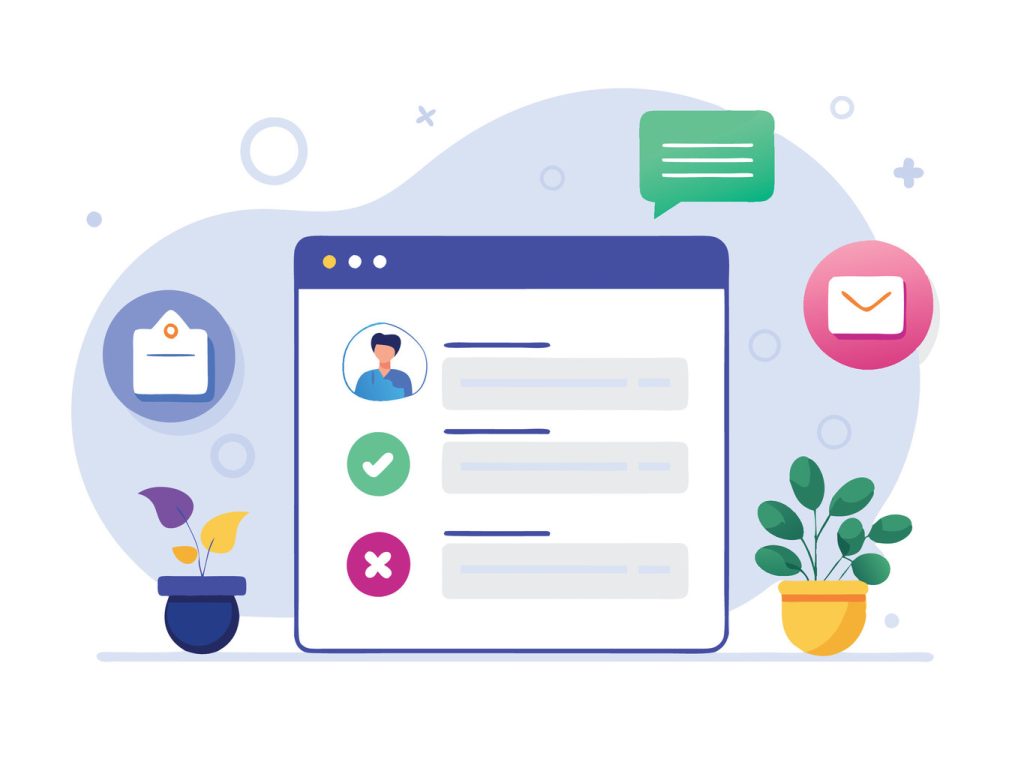
Modern organizations face a pivotal challenge: balancing team productivity with client expectations. The right communication strategy can streamline workflows while strengthening relationships. But how do leaders choose between tools designed for internal collaboration and those built for direct customer engagement?
This decision carries strategic weight. Internal platforms boost operational efficiency by centralizing team discussions. External solutions prioritize service quality through real-time client support. Companies must weigh factors like workforce capabilities, budget constraints, and long-term growth objectives.
Data reveals that alignment matters. Businesses using purpose-built systems for each function report 23% faster response times and 18% higher satisfaction rates. The key lies in matching technology investments to core operational needs without compromising service standards.
Key Takeaways
- Communication tool selection impacts both employee output and client retention
- Internal platforms optimize workflows while customer-facing systems enhance service quality
- Strategic alignment between tools and business goals drives measurable performance gains
- ROI analysis should consider long-term growth potential alongside immediate costs
- Hybrid solutions often deliver optimal balance for scaling organizations
Understanding the Landscape of Chat Solutions
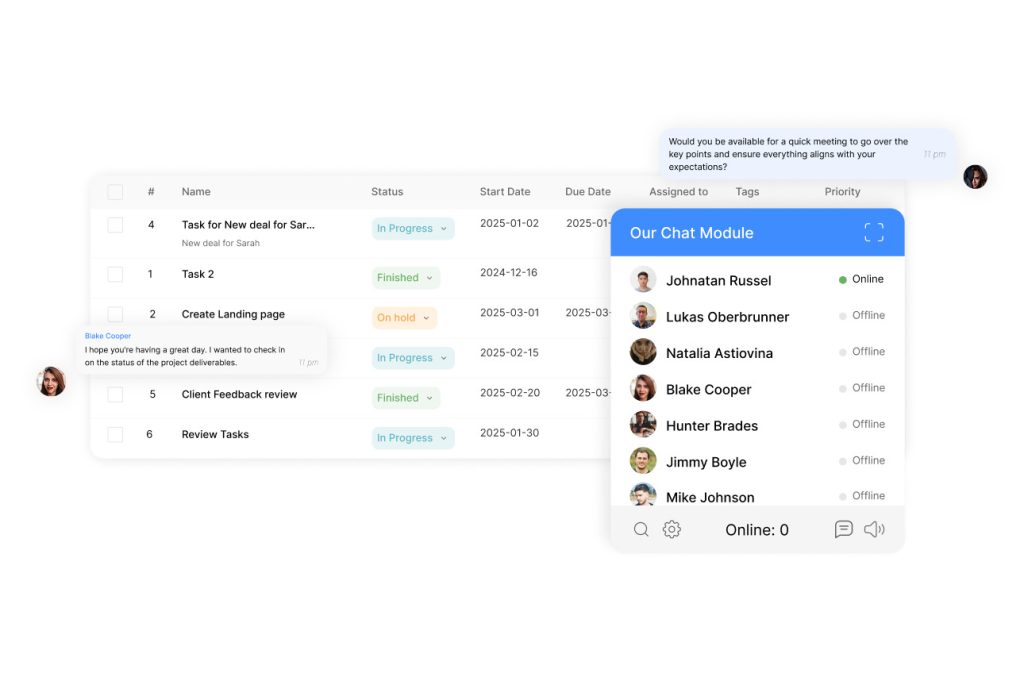
Companies must decode a maze of modern interaction platforms to maintain competitive operations. The communication technology ecosystem spans automated chatbots, live support systems, and hybrid models – each addressing distinct organizational needs. Strategic advantage comes from matching these tools to specific workflow demands and service objectives.
Three primary categories dominate the market:
| Solution Type | Core Function | Best Use Case |
|---|---|---|
| Internal Collaboration | Team coordination | Project management hubs |
| Customer-Facing Support | Real-time assistance | E-commerce platforms |
| Hybrid Systems | Cross-functional communication | Enterprise resource planning |
Synchronous tools like live chat enable instant problem resolution, while asynchronous options provide flexible response timelines. Businesses often struggle with platform overload – 63% of managers report difficulty evaluating integration requirements across multiple systems.
A systematic approach prevents costly mismatches:
- Audit existing communication pain points
- Define measurable service benchmarks
- Prioritize solutions with API compatibility
Organizations that map their operational needs to available technologies achieve 31% faster implementation cycles. The right mix balances workforce capabilities with customer expectations, creating seamless information flow across all touchpoints.
Overview of Modern Customer Communication Tools
Business success increasingly hinges on selecting interaction systems that shape customer experiences. Today’s platforms offer diverse capabilities – from instant messaging to delayed-response channels – each requiring careful evaluation.
Key Characteristics of Chat Platforms
Effective communication tools share three critical attributes. Real-time support options enable immediate problem resolution through instant messaging interfaces. Asynchronous alternatives like email permit detailed exchanges without time pressure. Platform-specific enhancements – file sharing, screen capture, and emoji libraries – elevate interaction quality.
Integration capabilities determine operational impact. Systems connecting to CRM software reduce data silos, while API-friendly designs enable cross-platform workflows. Businesses prioritizing these features report 29% fewer service bottlenecks.
Differences Between Synchronous and Asynchronous Tools
| Feature | Synchronous Tools | Asynchronous Tools |
|---|---|---|
| Response Time | Instant (under 2 minutes) | Flexible (hours/days) |
| Flexibility | Requires simultaneous presence | Supports staggered exchanges |
| Best For | Urgent inquiries | Complex issue resolution |
| Key Feature | Live agent availability | Persistent conversation history |
Global enterprises often combine both approaches. Teams handling international clients benefit from asynchronous systems accommodating time zones. Industries requiring rapid resolutions – like e-commerce – lean on live chat for cart recovery.
Platform choice directly impacts satisfaction metrics. Companies aligning tools to customer preferences achieve 19% higher retention rates. The optimal mix balances immediacy with thoughtful, documented responses.
Exploring Chat Internally Or With Customers
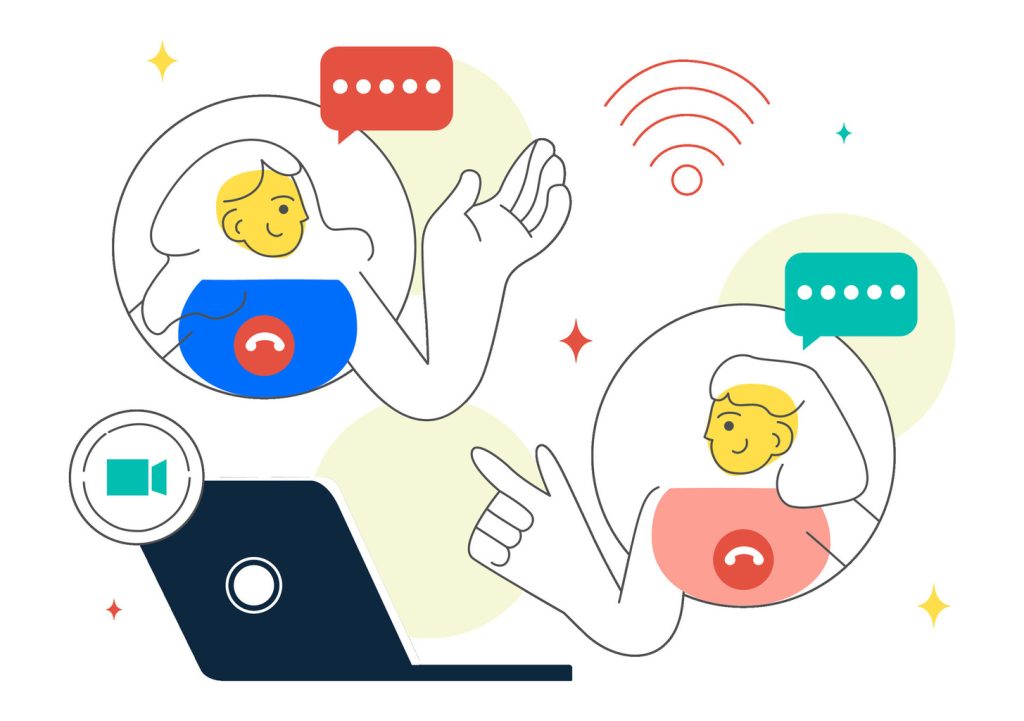
Effective communication frameworks separate thriving businesses from struggling competitors. Companies face critical decisions when choosing between employee-driven support and specialized customer-facing solutions. This choice shapes daily operations and long-term growth trajectories.
Definition and Scope
Internal systems empower organizations to deploy existing staff for real-time assistance. These setups often suit smaller teams with multi-skilled employees. External platforms focus exclusively on visitor interactions through dedicated support channels.
| Solution Type | Primary Users | Key Benefits | Scalability Potential |
|---|---|---|---|
| Staff-Driven Support | Small/Medium Businesses | Cost control & brand consistency | Limited by workforce size |
| Specialized Platforms | Enterprise Organizations | 24/7 availability & analytics | High growth capacity |
Why It Matters for Businesses
Resource allocation decisions directly impact customer satisfaction levels. A retail study shows companies using purpose-built tools achieve 27% faster query resolution than those relying on internal staff alone.
Three factors determine optimal implementation:
- Workforce expertise in technical support
- Consistent availability requirements
- Long-term customer service strategy
Organizations balancing these elements report 19% higher efficiency in daily operations. The right approach transforms customer interactions into competitive advantages while maintaining operational control.
Analyzing Chatbot Technology for Customer Service
Automated conversational agents are redefining service standards across industries. These systems combine machine learning with natural language processing to transform how businesses handle routine interactions. Two critical factors determine their effectiveness: response speed and financial viability.
Rapid Response Capabilities
Chatbots deliver answers 150x faster than human agents, resolving common questions like order status checks within milliseconds. This instant support boosts first-contact resolution rates by 41% in retail sectors. Round-the-clock availability ensures consistent service quality regardless of time zones or holiday schedules.
- Pre-programmed responses work best for predictable scenarios
- Multi-language support expands global reach
- Integration with knowledge bases improves answer accuracy
Limitations emerge when users submit typos or multi-layered requests. Only 23% of current systems effectively handle non-standard phrasing without human intervention.
Cost Efficiency Versus Initial Investment
Implementing chatbot technology requires strategic budgeting. Development costs often exceed $50,000 for custom solutions, while maintenance consumes 15-20% of initial investments annually.
Operational efficiency gains offset these expenses over 18-24 months. Enterprises report 63% lower per-query costs after system optimization compared to traditional support channels.
Successful deployments balance technical capabilities with clear expectations. Companies prioritizing FAQ-type questions see 79% faster ROI than those chasing complex AI features. The key lies in aligning chatbot functions with specific customer service objectives.
Evaluating Internal Live Chat Strategies
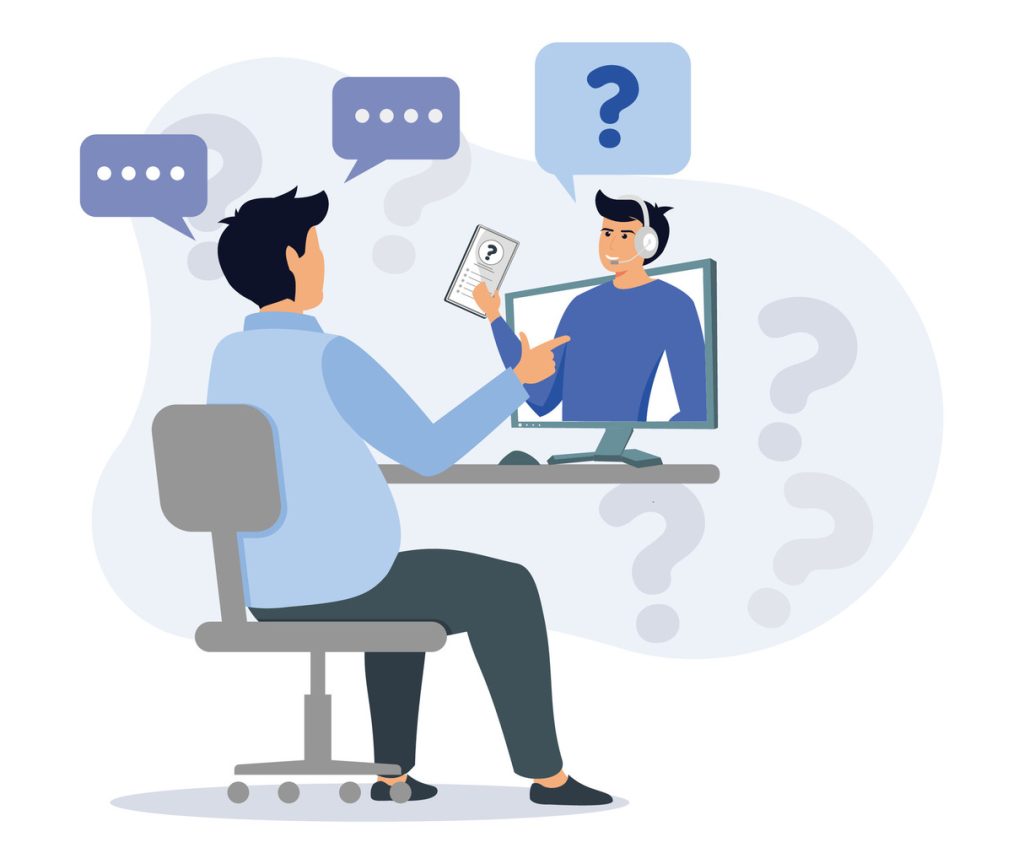
Organizations implementing live chat face critical decisions about resource allocation. While leveraging existing staff offers advantages, it introduces complex operational trade-offs requiring strategic planning. To maximize efficiency and effectiveness, organizations must evaluate which customer live chat support features align best with their business objectives. This assessment not only impacts customer satisfaction but also influences employee engagement and workload management. Striking the right balance between staffed support and automated solutions can significantly enhance the overall user experience.
Employee Engagement and Expertise
Internal systems enable teams to deliver authentic support rooted in product mastery. A recent industry study found 72% of customers prefer interacting with knowledgeable staff over scripted responses.
| Solution Type | Expertise Level | Availability | Scalability |
|---|---|---|---|
| Internal Teams | Deep product knowledge | Business hours | Staff-dependent |
| External Platforms | Generalized training | 24/7 coverage | Unlimited |
This approach fosters employee-customer connections. Teams gain firsthand insights into user pain points, directly informing service improvements. By utilizing customer support software solutions, organizations can streamline communication and enhance collaboration between teams. This technology allows for the collection and analysis of customer feedback, enabling teams to make data-driven decisions. As a result, service enhancements are timely and relevant, leading to greater customer satisfaction and loyalty.
Operational Challenges and Efficiency
Constant task-switching creates productivity drains. Research shows 47% more errors occur when staff juggle core duties with live chat demands.
“Limited availability windows leave half of potential interactions unaddressed, directly impacting revenue streams.”
Smart scheduling proves essential. Companies using shift-based chat rotations report 31% higher efficiency than those with open-access models. Clear escalation protocols prevent burnout while maintaining response quality.
Balancing these elements requires aligning live chat strategies with broader business goals. Organizations must weigh immediate cost savings against long-term customer retention metrics.
Weply’s Live Chat: A Comparative Look
Global enterprises require communication solutions that convert inquiries into opportunities. Weply’s human-powered live chat delivers rapid responses while maintaining authentic connections – a critical balance in modern customer service.
Real-Time Support and Global Availability
Weply’s 4-second average response time outperforms industry standards by 300%. Trained agents employ advanced dialogue control techniques to guide interactions from initial greeting to resolution. This precision transforms casual browsers into committed buyers.
The platform’s true strength lies in global workforce distribution. Teams stationed across 12 time zones ensure 24/7 coverage without reliance on overworked internal staff. Businesses using this model capture 41% more after-hours inquiries than competitors limited by business-hour operations.
- Dual-trained specialists handle both support queries and lead qualification
- Full chat transcripts integrate directly with CRM systems
- Zero infrastructure costs compared to in-house solutions
One retail client reported 63% faster lead processing after implementing Weply. The system’s focus on service continuity eliminates operational gaps while providing actionable customer insights. As one operations manager noted:
“Our team regained 22 weekly hours previously spent monitoring chat channels – time now invested in product development.”
This external solution proves particularly effective for companies scaling around the world. It removes language barriers through multilingual agents while maintaining brand voice consistency across regions.
Customer Expectations in Real-Time Communication
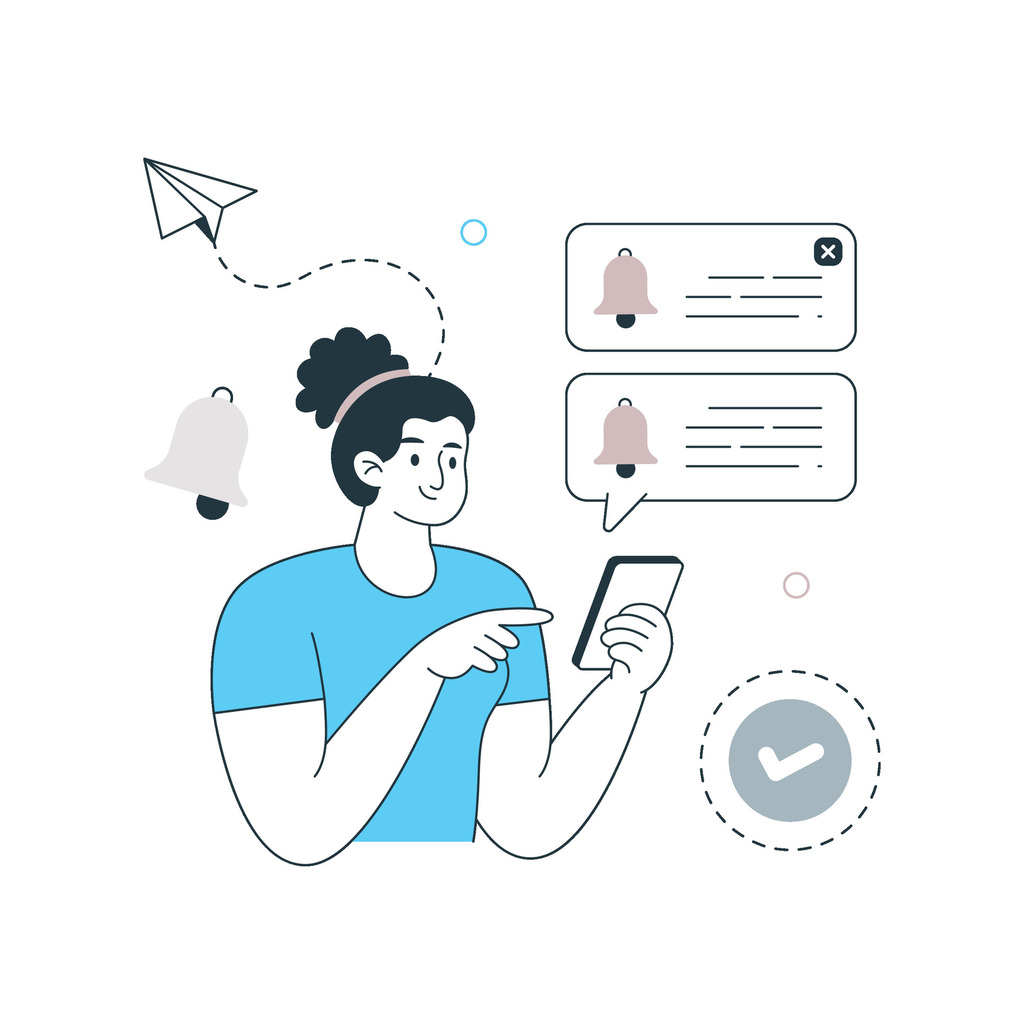
The clock starts ticking the moment a customer initiates contact. Modern buyers measure resolution speed as critically as solution accuracy, with 68% abandoning conversations after 90 seconds of inactivity. This urgency reshapes how businesses allocate resources across communication channels.
Response Time and Service Quality
Customers expect immediate acknowledgment – 82% consider initial response delays unacceptable. First messages set the tone, requiring agents to balance speed with personalization. A 2024 CX study found 24/7 availability now influences purchasing decisions for 73% of global buyers.
Quality erosion occurs when agents juggle multiple conversations. Research shows:
- Error rates jump 44% when handling 3+ simultaneous chats
- Conversation continuity breaks increase by 31%
- Empathy markers in responses drop by 57%
“Multitasking agents create transactional exchanges that damage loyalty. Focused attention builds trust.”
Service excellence demands strategic alignment. Companies achieving sub-30-second response times with dedicated agents report 19% higher retention. The solution lies in balancing workforce training with intelligent routing systems that match queries to specialist teams.
Meeting these expectations requires rethinking traditional models. Organizations investing in conversation analytics and capacity planning tools see 27% faster resolution cycles while maintaining personalized interactions.
Cost Comparison Across Chat Solutions
Financial planning separates strategic investments from money pits in communication technology. Organizations must dissect both upfront and recurring expenses to optimize their support infrastructure. Three primary models dominate market options – each with distinct financial profiles requiring careful evaluation.
Analyzing Start-Up and Operating Costs
Chatbot implementation demands heavy initial investment. Development and training often exceed $50,000, while specialized platforms like Weply require minimal setup fees. McKinsey data reveals traditional chat interactions cost $3-5 each versus under $1 for automated messaging.
Staff-driven systems create hidden operational drains. Employees handling live queries show 19% reduced productivity in core tasks. External solutions eliminate these indirect costs through dedicated specialists.
Platforms offering free trials reduce financial risk during implementation phases. Businesses testing Weply’s service report 68% faster deployment than building internal capabilities. The model converts fixed salaries into scalable operational expenses.
“Companies underestimating maintenance budgets face 42% higher long-term costs than projected.”
Strategic selection requires mapping cost structures to growth plans. Enterprises prioritizing rapid scaling benefit from pay-per-use models, while stable operations might optimize with hybrid approaches.
Benefits of Using Live Chat for Customer Support
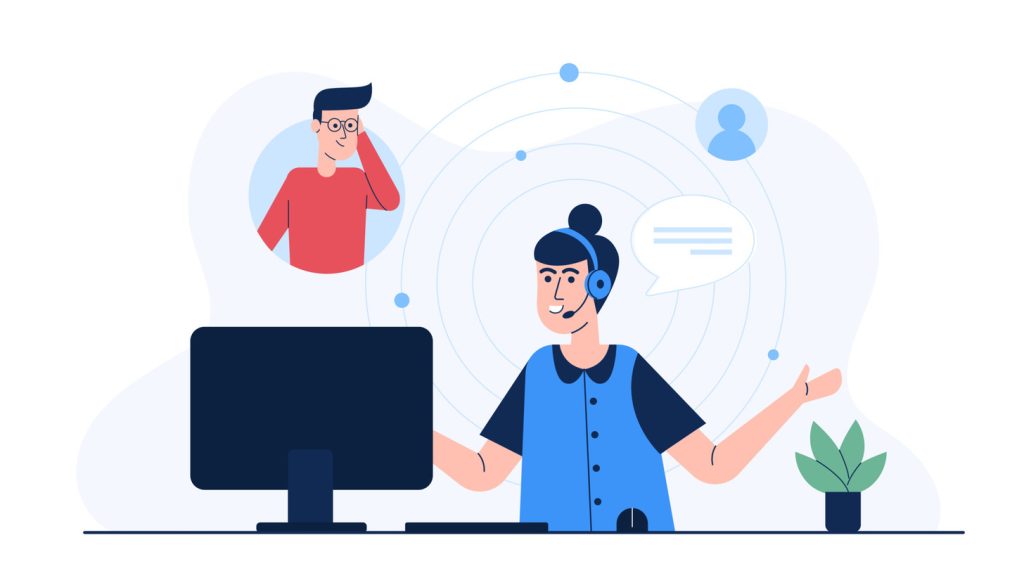
Real-time communication bridges the gap between business efficiency and client expectations. Live chat transforms digital interactions into relationship-building opportunities, delivering measurable results across industries.
Immediate problem-solving stands as the platform’s core strength. Unlike email chains, this tool resolves customer inquiries 68% faster by enabling direct dialogue. Retailers using live chat report 31% higher conversion rates through guided purchasing decisions.
Empathy becomes actionable when agents address concerns in real time. Healthcare providers leveraging these systems achieve 22% better patient satisfaction scores by offering timely guidance. The technology also integrates seamlessly with CRM automation, creating unified profiles that personalize every interaction.
Three critical advantages define modern implementations:
- 24/7 availability meets growing demand for instant resolutions
- AI-powered suggestions help agents resolve complex issues faster
- Conversation analytics identify recurring pain points for process improvements
Businesses balancing automated efficiency with human expertise see 19% higher retention rates. This hybrid approach optimizes resource allocation while maintaining the personal touch that builds brand loyalty. The right live chat strategy turns momentary interactions into lasting customer relationships.

